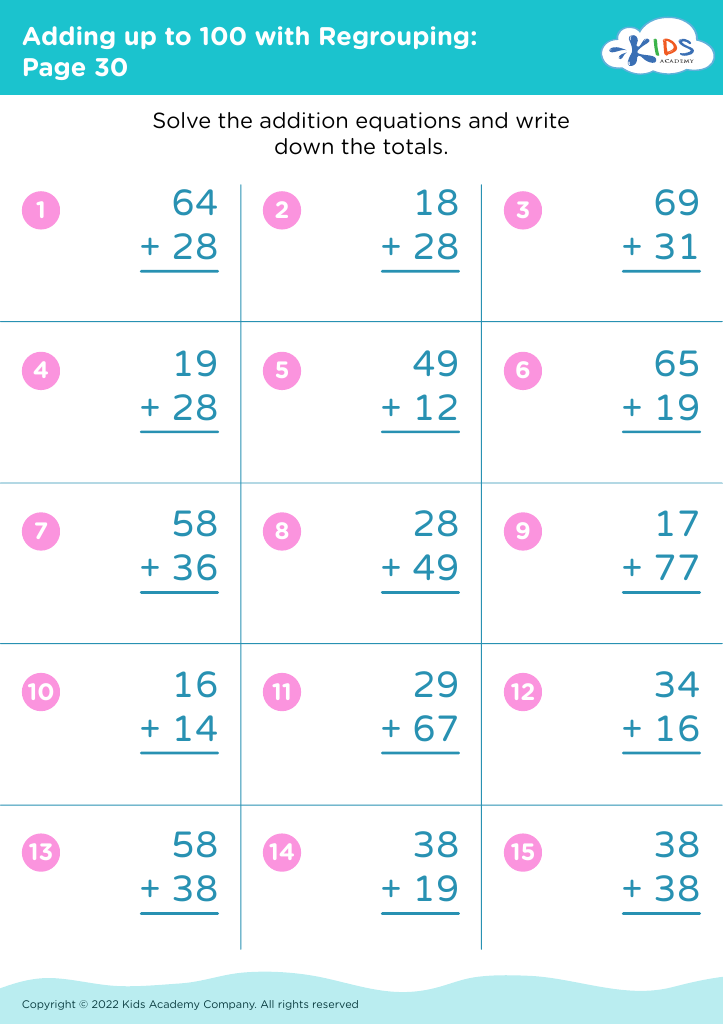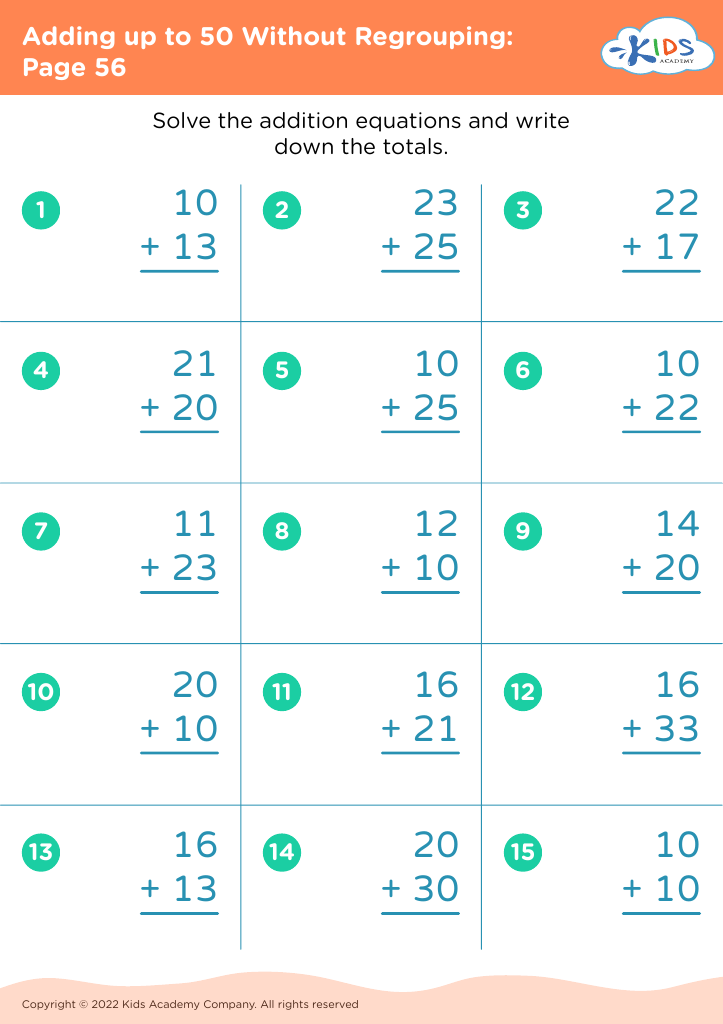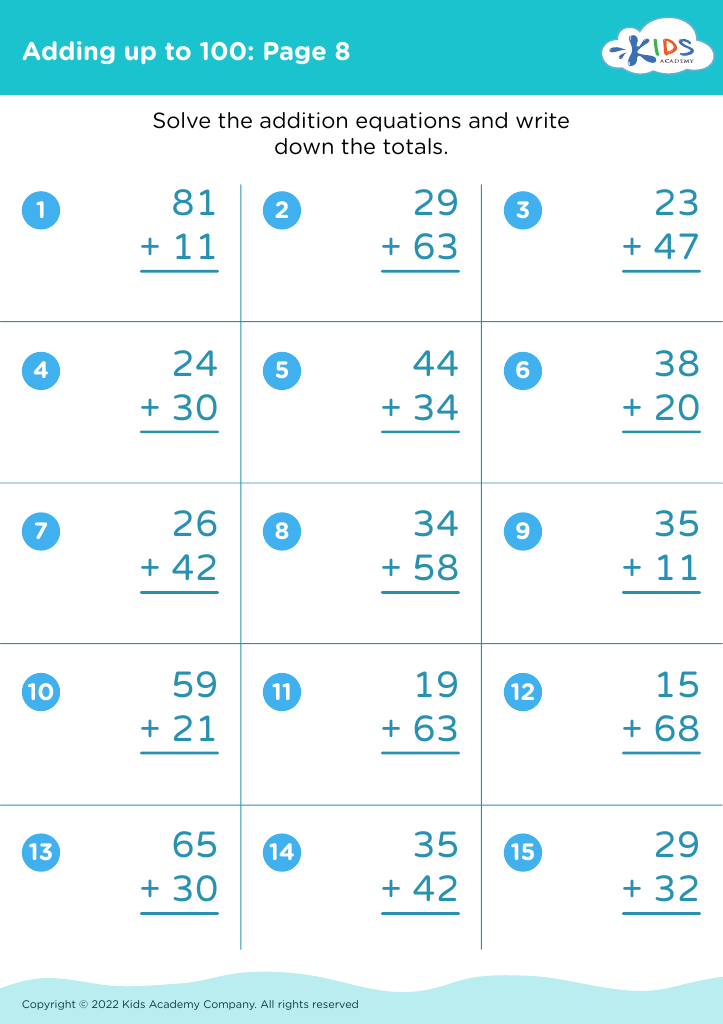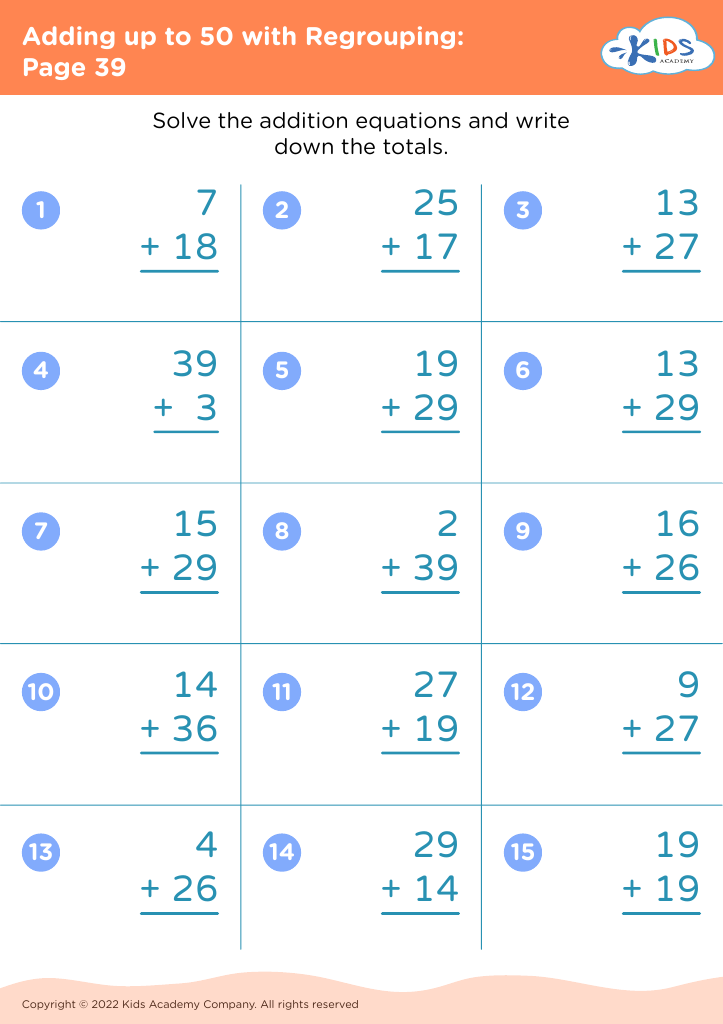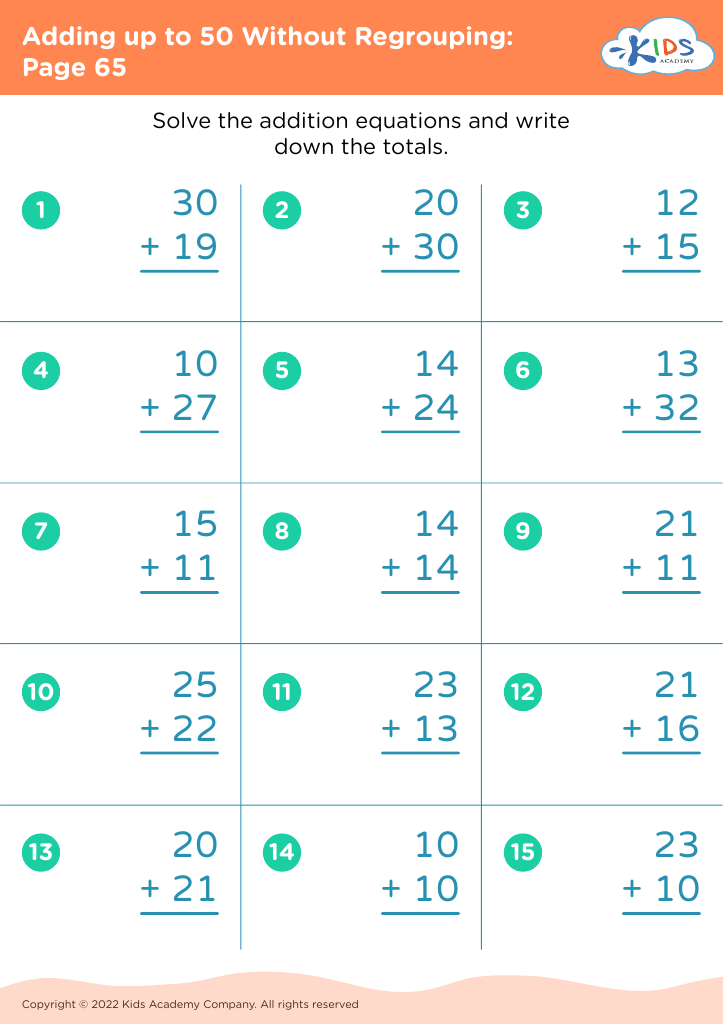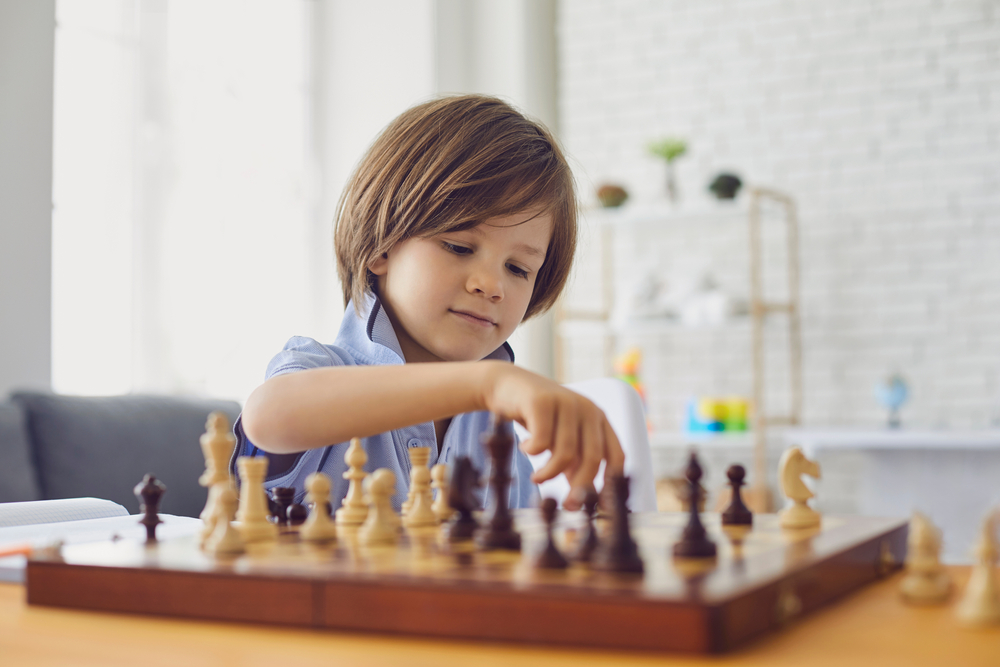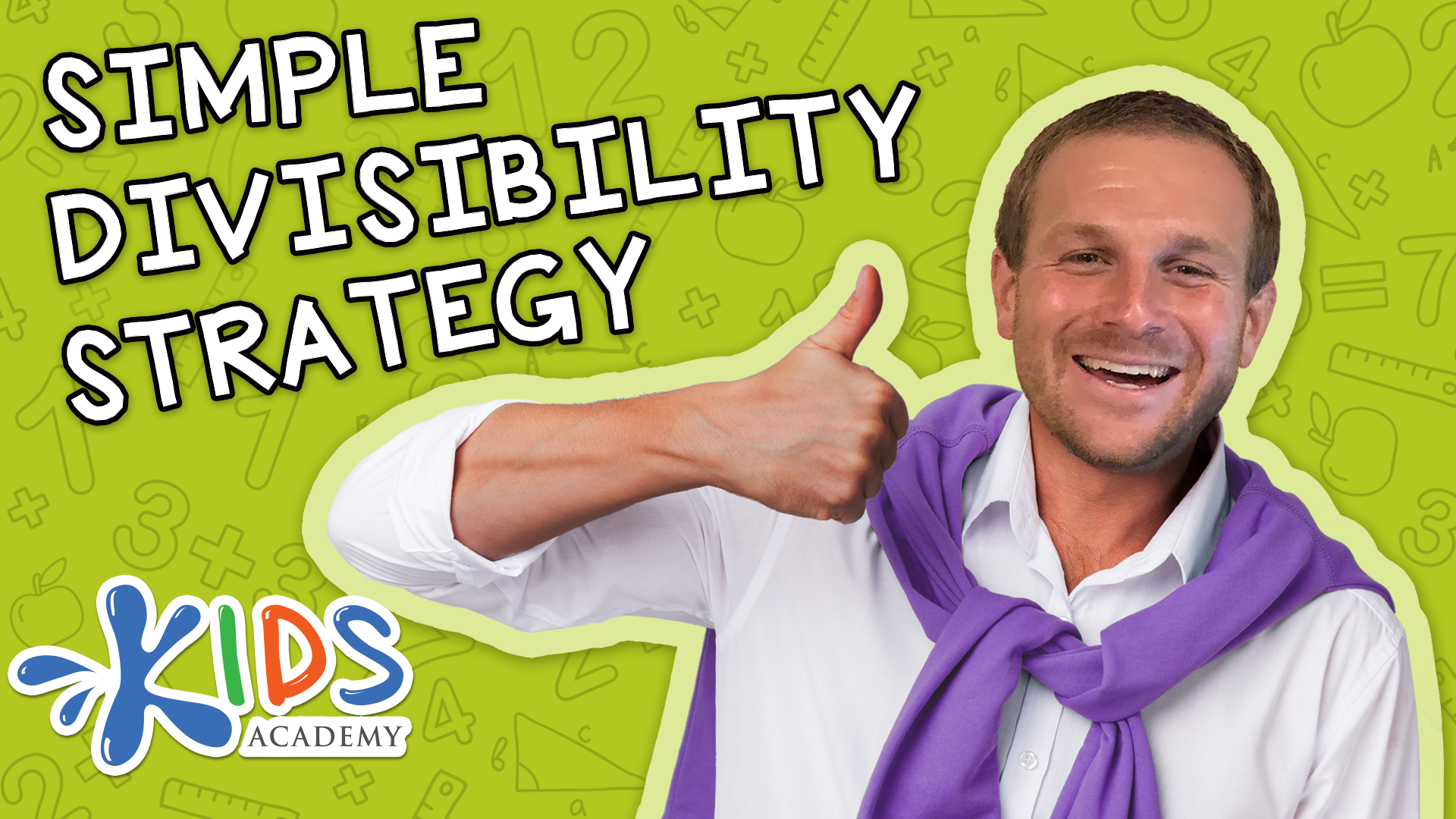Compare fractions Worksheets for 7-Year-Olds
5 filtered results
-
From - To
Enhance your child’s math skills with our Compare Fractions Worksheets designed specifically for 7-year-olds. These fun, engaging worksheets help children understand and practice comparing fractions with like and unlike denominators. Vibrant illustrations and interactive problems make learning enjoyable and effective. Through step-by-step explanations and exercises, kids gain confidence in identifying greater, lesser, or equal fractions. Perfect for reinforcing classroom lessons or as a supplementary study tool, these worksheets encourage independent learning and mastery of this essential math concept. Explore our collection now to give your child the advantage they need for academic success in math.
Parents and teachers should care about teaching 7-year-olds to compare fractions because this foundational skill is essential for their overall math understanding and future academic success. Learning to compare fractions helps children develop critical thinking and problem-solving abilities. At this age, students are beginning to grasp abstract mathematical concepts, and understanding fractions equips them with the tools to handle more complex math topics later on, such as division, ratios, and percentages.
Fractions are a part of everyday life. Whether it's dividing a pizza, measuring ingredients for a recipe, or understanding time, fractions are everywhere. By teaching children to compare fractions, adults help them make sense of the world around them and apply math to real-life situations. This practical application enhances their interest in learning and boosts their confidence in handling various tasks.
Moreover, comparing fractions introduces kids to the idea of relative sizes and equivalency, which are crucial concepts not just in math, but in logical reasoning and decision-making. Early mastery of these topics establishes a strong numeracy foundation, paving the way for higher-level math courses. Additionally, as educational standards emphasize strong mathematical foundations, proficiency in comparing fractions aligns with curriculum goals, ensuring that learners meet essential education benchmarks.

